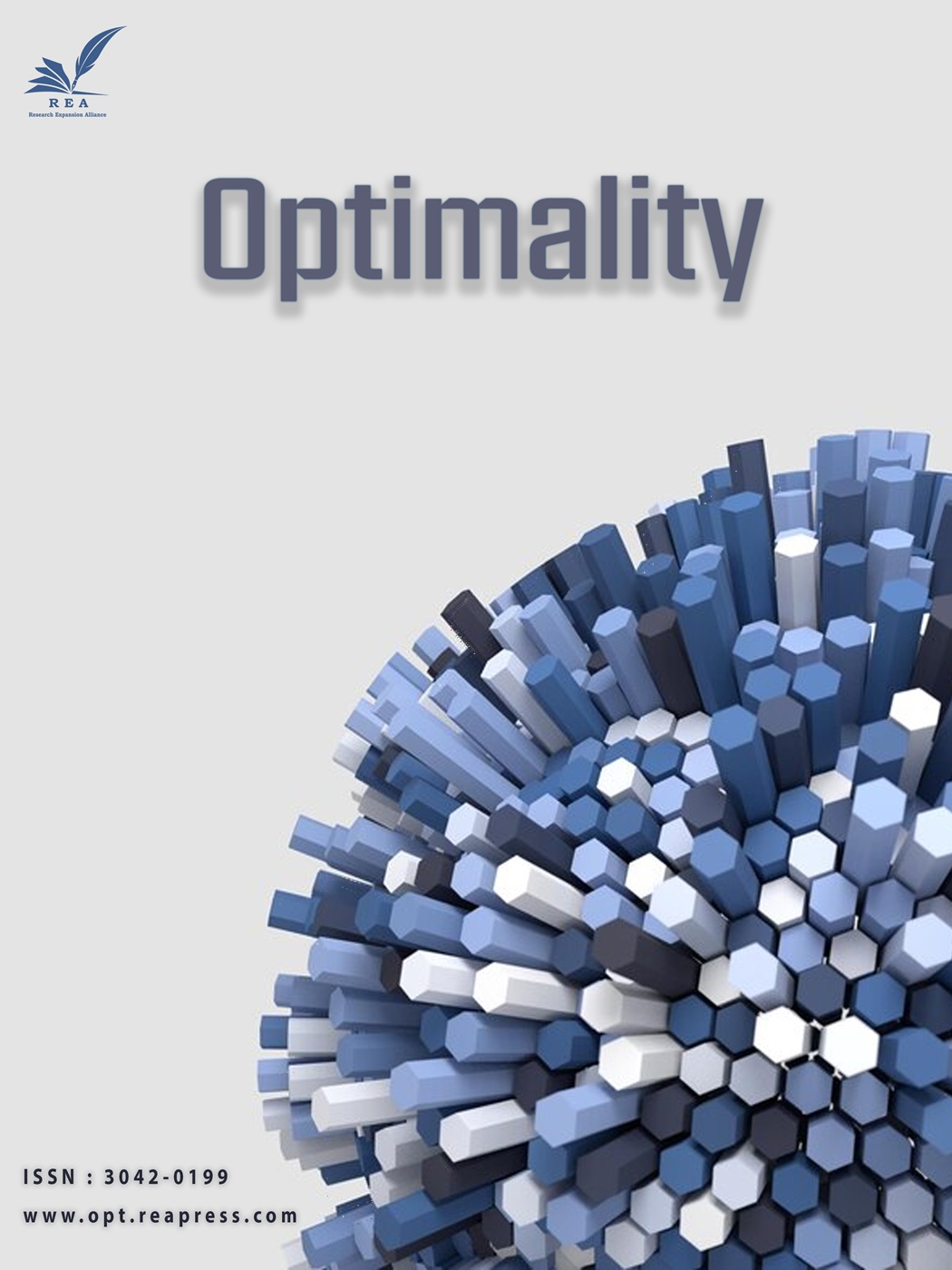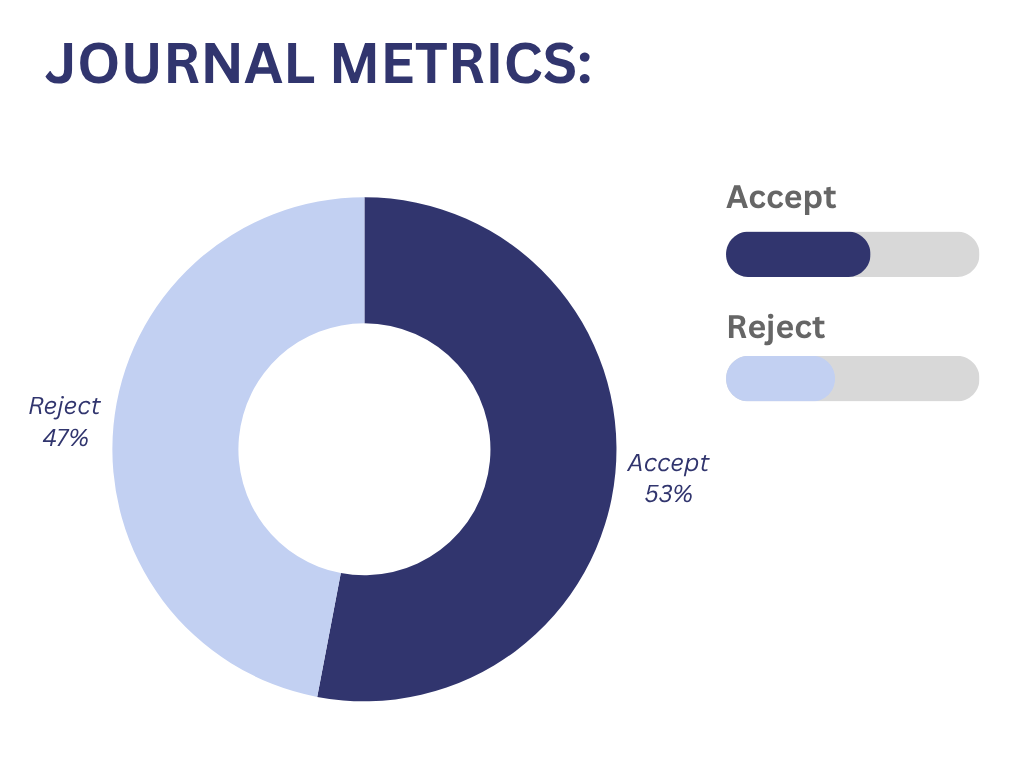On Optimization of Manufacturing of a Single Leg N-level Cascaded H-bridge Multilevel Inverters to Increase Integration Rate of Their Elements
Abstract
This paper presents an optimized manufacturing approach for a single-leg N-level cascaded H-bridge multilevel inverter, focusing on increasing the integration rate of its elements. By employing heterostructures composed of substrates and epitaxial layers, the proposed method incorporates doping techniques such as diffusion and ion implantation, followed by annealing processes to manage dopants and radiation defects. This strategy enables the reduction of element dimensions while maintaining high density and efficiency in integrated circuits. The paper further analyzes the dynamics of defect redistribution during annealing and introduces techniques to refine the manufacturing process for enhanced performance of bipolar heterotransistors.
Keywords:
N-level cascaded H-bridge inverter, Integration rate optimization, Bipolar heterotransistors, Doping and annealing, Semiconductor manufacturing techniquesReferences
- [1] Lachin, V. I., & Savelov, N. S. (2001). Electronics Phoenix.
- [2] Alexenko, A. G., & Shagurin, I. I. (1990). Microcircuitry. Radio and communication, moscow, Moscow.
- [3] Avaev, N. A., Naumov, Y. E., & Frolkin, V. T. (1991). Basis of microelectronics.
- [4] Ippolito, C. M., Italia, A., Guerra, R., & Palmisano, G. (2014). Low-power broadband quadrature signal generator based on phase-tunable dividers. Analog integrated circuits and signal processing, 80(3), 459–471. https://doi.org/10.1007/s10470-014-0362-5
- [5] Fathi, D., Forouzandeh, B., & Masoumi, N. (2009). New enhanced noise analysis in active mixers in nanoscale technologies. Nano, 4(4), 233–238. https://doi.org/10.1142/S1793292009001708
- [6] Chachuli, S. A. M., Fasyar, P. N. A., Soin, N., Karim, N. M., & Yusop, N. (2014). Pareto ANOVA analysis for CMOS 0.18 µm two-stage Op-amp. Materials science in semiconductor processing, 24, 9-14. https://doi.org/10.1016/j.mssp.2014.02.035
- [7] Ageev, O. A., Belyaev, A. E., Boltovets, N. S., Ivanov, V. N., Konakova, R. V., Kudryk, Y. Y., … & Sachenko, A. V. (2009). Au-TiBx-n-6H-SiC Schottky barrier diodes: specific features of charge transport in rectifying and nonrectifying contacts. Semiconductors, 43(7), 865–871. https://doi.org/10.1134/S1063782609070070
- [8] Li, Z., Waldron, J., Detchprohm, T., Wetzel, C., Karlicek, R. F., & Chow, T. P. (2013). Monolithic integration of light-emitting diodes and power metal-oxide-semiconductor channel high-electron-mobility transistors for light-emitting power integrated circuits in GaN on sapphire substrate. Applied physics letters, 102(19). https://doi.org/10.1063/1.4807125
- [9] Tsai, J. H., Chiu, S. Y., Lour, W. S., & Guo, D. F. (2009). High-performance InGaP/GaAs pnp δ-doped heterojunction bipolar transistor. Semiconductors, 43, 939–942. https://doi.org/10.1134/S1063782609070227
- [10] Aleksandrov, O. V., Zakhar’in, A. O., Sobolev, N. A., Shek, E. I., Makoviǐchuk, M. I., & Parshin, E. O. (1998). Formation of donor centers upon annealing of dysprosium- and holmium-implanted silicon. Semiconductors, 32(9), 921–923. https://doi.org/10.1134/1.1187515
- [11] Kumar, M. J., & Singh, T. V. (2008). I Quantum confinement effects in strained silicon mosfets. International journal of nanoscience, 7(02n03), 81-84. https://doi.org/10.1142/S0219581X08005195
- [12] Sinsermsuksakul, P., Hartman, K., Bok Kim, S., Heo, J., Sun, L., Hejin Park, H., … & Gordon, R. G. (2013). Enhancing the efficiency of SnS solar cells via band-offset engineering with a zinc oxysulfide buffer layer. Applied physics letters, 102(5). https://doi.org/10.1063/1.4789855
- [13] Reynolds, J. G., Reynolds, C. L., Mohanta, A., Muth, J. F., Rowe, J. E., Everitt, H. O., & Aspnes, D. E. (2013). Shallow acceptor complexes in p-type ZnO. Applied physics letters, 102(15). https://doi.org/10.1063/1.4802753
- [14] Ong, K. K., Pey, K. L., Lee, P. S., Wee, A. T. S., Wang, X. C., & Chong, Y. F. (2006). Dopant distribution in the recrystallization transient at the maximum melt depth induced by laser annealing. Applied physics letters, 89(17). https://doi.org/10.1063/1.2364834
- [15] Bhukya, R., & Kumar, P. S. (2018). Analysis and implementation of unipolar PWM strategies for three phase cascade multilevel inverter fed induction motor drive. International journal of advances in applied sciences, 7(3), 245–254. https://doi.org/10.11591/ijaas.v7.i3.pp245-254
- [16] Şişianu, S. T., Şişianu, T. S., & Railean, S. K. (2002). Shallow p-n junctions formed in silicon using pulsed photon annealing. Semiconductors, 36(5), 581–587. https://doi.org/10.1134/1.1478552
- [17] Bykov, Y. V., Eremeev, A. G., Zharova, N. A., Plotnikov, I. V., Rybakov, K. I., Drozdov, M. N., … & Skupov, V. D. (2003). Diffusion processes in semiconductor structures during microwave annealing. Radiophysics and quantum electronics, 46(8–9), 749–755. https://doi.org/10.1023/B:RAQE.0000025008.97954.1c
- [18] Pankratov, E. L., & Bulaeva, E. A. (2013). Doping of materials during manufacture p–n-junctions and bipolar transistors. Analytical approaches to model technological approaches and ways of optimization of distributions of dopants. Reviews in theoretical science, 1(1), 58–82. https://doi.org/10.1166/rits.2013.1004
- [19] Kozlivsky, V. V. (2003). Modification of semiconductors by proton beams (St. Petersburg: Nauka, 2003) 268 p.
- [20] Gotra, Z. Y. (1991). Technology of microelectronic devices. Radio and communication, Moscow
- [21] Vinetskiy, V. L., & Kholodar, G. A. (1979). Radiative physics of semiconductors. Kiev: naukova dumka.
- [22] Tikhonov, A. N., & Samarskii, A. A. (2005). Equations of mathematical physics (dover books on physics). Dover Publications; Reprint edition. https://www.amazon.com/Equations-Mathematical-Physics-Dover-Books/dp/0486664228
- [23] Carslaw, H. S., & Jaeger, J. C. (1959). Conduction of heat in solids. London: Oxford Univ. Press. https://global.oup.com/academic/product/conduction-of-heat-in-solids-9780198533689?cc=us&lang=en&
- [24] Pankratov, E. L. (2007). Russian Microelectronics. Russian microelectronics, 36(1), 33–39.
- [25] Pankratov, E. L. (2008). Redistribution of a dopant during annealing of radiation defects in a multilayer structure by laser scans for production of an implanted-junction rectifier. International Journal of Nanoscience, 7(04n05), 187-197. https://doi.org/10.1142/S0219581X08005328
- [26] Pankratov, E. L. (2017). On approach to optimize manufacturing of bipolar heterotransistors framework circuit of an operational amplifier to increase their integration rate. Influence mismatch-induced stress. Journal of computational and theoretical nanoscience, 14(10), 4885–4899. https://doi.org/10.1166/jctn.2017.6899
- [27] Pankratov, E. L. (2017). On optimization of manufacturing of two-phase logic circuit based on heterostructures to increase density of their elements. Influence of miss-match induced stress. Advanced science, engineering and medicine, 9(9), 787–801. https://doi.org/10.1166/asem.2017.2043
- [28] Pankratov, E. L., & Bulaeva, E. A. (2015). An approach to increase the integration rate of planar drift heterobipolar transistors. Materials science in semiconductor processing, 34, 260–268. https://doi.org/10.1016/j.mssp.2015.02.054
- [29] Pankratov, E. L. (2017). Multidiscipline modeling in materials and structures. Multidiscipline modeling in materials and structures, 13(4), 664–677. https://www.emerald.com/insight/publication/issn/1573-6105/vol/13/iss/4
- [30] Pankratov, E. L. (2018). On influence of mismatch-induced stress and porosity of materials on manufacturing hetrostructure-based devices. Journal of coupled systems and multiscale dynamics, 6(1), 36–52. https://doi.org/10.1166/jcsmd.2018.1146
- [31] Pankratov, E. L. (2018). On modelling of manufacturing of a high-voltage current driver framework a heterostructures under influence of miss-match induced stress and porosity of materials. Journal of computational and theoretical nanoscience, 15(6–7), 1898–1914. https://doi.org/10.1166/jctn.2018.7329



